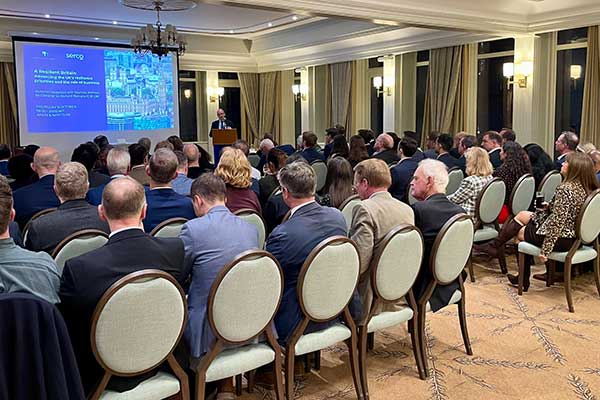Built environment design companies consider a range of resilience metrics within their projects. However, the internal assessment of these factors within the company itself is harder to establish. Although risks can be measured against business operations, it does not capture the full extent of how resilient the company is, or what elements are missing to improve the organisation’s current status.
Many companies deliver resilient projects, and they have an ESG mission statement which is an extension of their ‘what we do’ and ‘who we are’ messaging. But to be meaningful and authentic, a thorough understanding of business operations is required, which can then inform ESG priorities and feed directly into project work for clients.
Dr Asif Din, Sustainability Director, Perkins&Will stated:
“At Perkins&Will, we are constantly trying to improve our ESG practice, and that’s why we are proud to be signatories to the UN Race To Resilience and early adopters of Resilience First’s Resilience Self-Assessment Tool. The tool has allowed us to reflect on our internal strategies, highlight where we have a culture of resilience already embedded into our business processes, and validates our current state. It also identifies areas that need improvement and where there is a business risk for us to reevaluate.
We recognize that it is important to link what we ‘say’, i.e. our delivered work, and what we ‘do’, i.e. our business operations. Sometimes the gulf between the two can be large, so it is important to understand that one influences the other – they are not siloed functions. Closing that gap requires all processes to be transparent and all communication channels to remain open; information needs to flow around all areas of the business, rather than ESG being part of a traditional compliance exercise where a register is updated twice a year.
There is still a long way to go, but we need tools like the Resilience Self-Assessment tool to be part of a concerted effort to create a robust business for today and tomorrow.”



